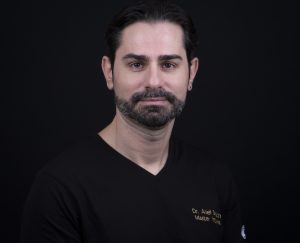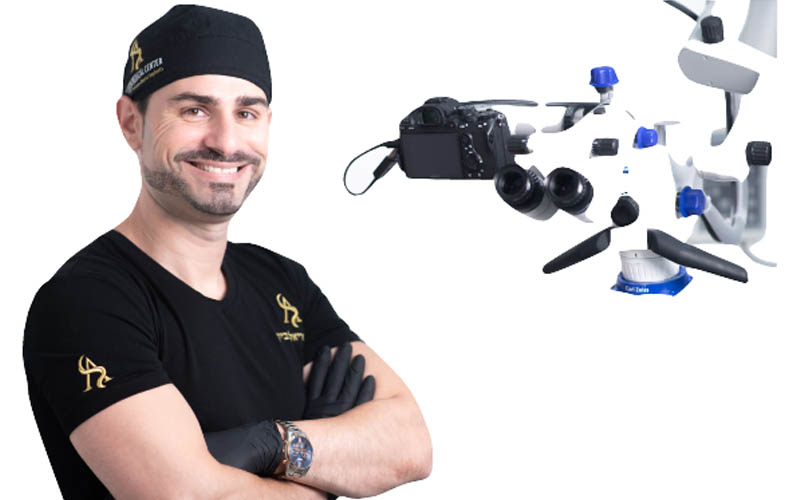The use of laser technology in surgical procedures has expanded across many fields of modern medicine. In recent years, dentistry has also integrated advanced laser systems into daily practice. Such treatments must always be performed by a dentist who has received professional training in Europe and/or the United States.
A dedicated dental laser enables treatment of various periodontal problems, including periodontal pockets, without surgical intervention and while preserving the patient’s natural teeth for many years.
Dr. Ariel Savion founded Savion Medical Center in Rishon LeZion to provide patients with advanced dentistry and innovative, high-quality treatments. Dr. Savion strongly recommends laser treatment as a minimally invasive solution for periodontal disease, providing patients with multiple clinical and personal benefits.
Dr. Ariel Savyon
Dentist since 2007, holds a double master's degree (Germany) in laser science and implantology (dental implants).
Serves as medical director of the dental corporation "Savyon Medical Center Ltd. Owner of a prestigious study club master_implant, treating dentists in various fields. The only certified instructor in Israel of the World Clinical Laser Institute in the field of laser science in dentistry in Israel.
Dr. Savyon, an opinion leader for leading companies in Israel and around the world, a researcher and international lecturer in the field of laser dentistry, periodontal medicine, and dental implants.
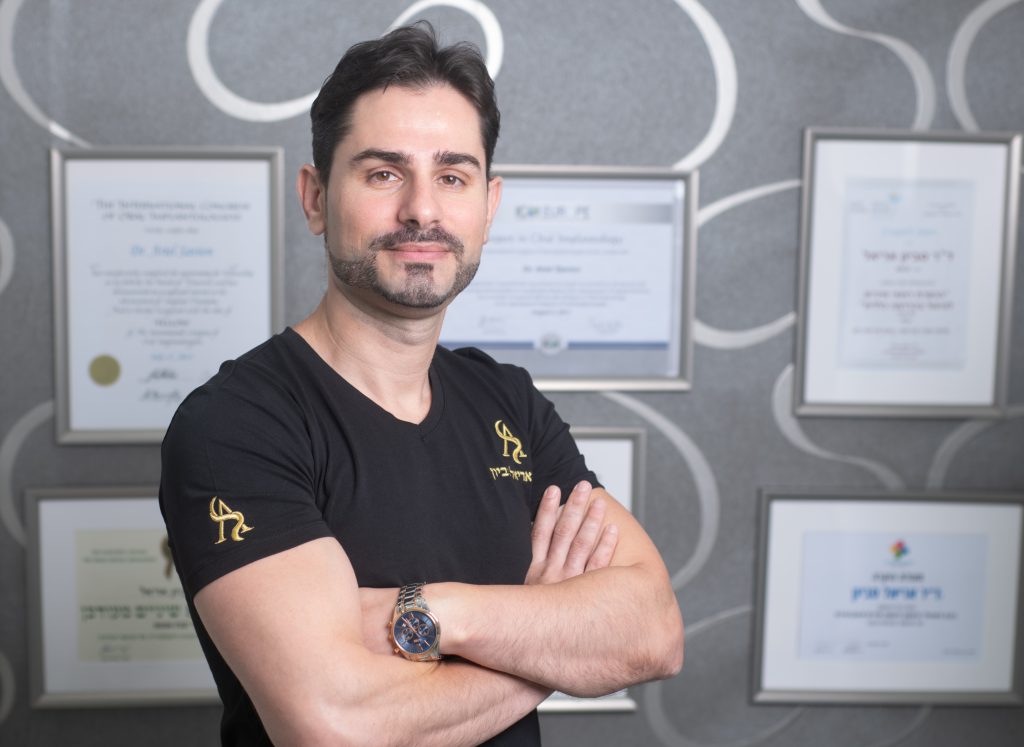
Root Planing, The Deep Cleaning Your Gums Need
Root planing, also referred to as deep cleaning, is a non-surgical dental procedure aimed at removing plaque and tartar deposits beneath the gum line while smoothing the root surfaces. Its main goal is to prevent bacterial accumulation that may cause further damage to teeth and gums. Root planing is often performed as a preparatory stage before surgical interventions for periodontal disease.
Dental calculus (tartar) is a hardened deposit that develops when dental plaque is not properly removed. It appears as yellow or brown mineral buildup and may form above or below the gum line.
Tartar can lead to a variety of dental problems, including gum bleeding, cavities, caries, periodontal disease, halitosis, and even tooth loss. Routine cleaning by a dentist or dental hygienist is essential; in more advanced cases, deep cleaning becomes necessary.
Are You a Candidate for Root Planing? Indicators and Conditions
Root planing is recommended for patients diagnosed with:
- Gingivitis – an early stage of gum inflammation with pocket depths up to 5 mm, without bone loss.
- Periodontitis – a more advanced or chronic gum disease with pockets of 5–8 mm and mild bone attachment loss.
Periodontal disease may present with red, swollen, or bleeding gums, bad breath, and tooth sensitivity. Without treatment, the condition may progress to tooth loss and more serious health complications.
When gum inflammation becomes severe, or when there is an elevated risk of periodontal disease, dentists may include root planing as part of the treatment plan.
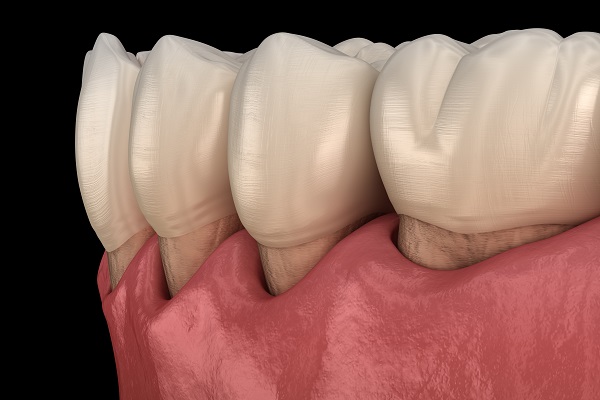
What Causes Gum Disease?
The primary cause of gum disease is the accumulation of bacterial plaque on teeth and gums. Without regular oral hygiene – brushing, flossing, and professional cleaning -plaque hardens into tartar.
Once tartar forms, it irritates the gums and triggers inflammation. This process creates periodontal pockets, which provide an ideal environment for bacteria to thrive.
Additional factors that increase the risk of periodontal disease include:
- Smoking, which weakens the immune system.
- Hormonal changes during adolescence, pregnancy, or menopause.
- Certain medications, such as oral contraceptives and antihistamines.
- Genetic predisposition.
- Excessive alcohol consumption.

Warning Signs, When Your Gums Are Crying for Help
Several symptoms may suggest the necessity for deep dental cleaning:
- Gums that appear red, swollen, or bleed easily.
- Persistent bad breath, which can also signal other dental infections.
- Tooth sensitivity, often associated with gum recession.
- Loose or mobile teeth.
Modern Treatment Options
There are several approaches to root planing, depending on the clinical case:
- Manual Root Planing
Performed with hand instruments such as scalers and curettes to scrape plaque and tartar from the tooth surface and smooth the root.
- Ultrasonic Root Planing
A high-frequency ultrasonic device vibrates and sprays water to dislodge deposits. This method is generally quicker and more comfortable than manual scaling.
- Laser Root Planing
A dental laser commonly a diode or erbium laser targets infected tissue and bacteria with high precision, leaving healthy tissue intact. This minimally invasive approach reduces bleeding, discomfort, and recovery time while eliminating bacteria deep within periodontal pockets.
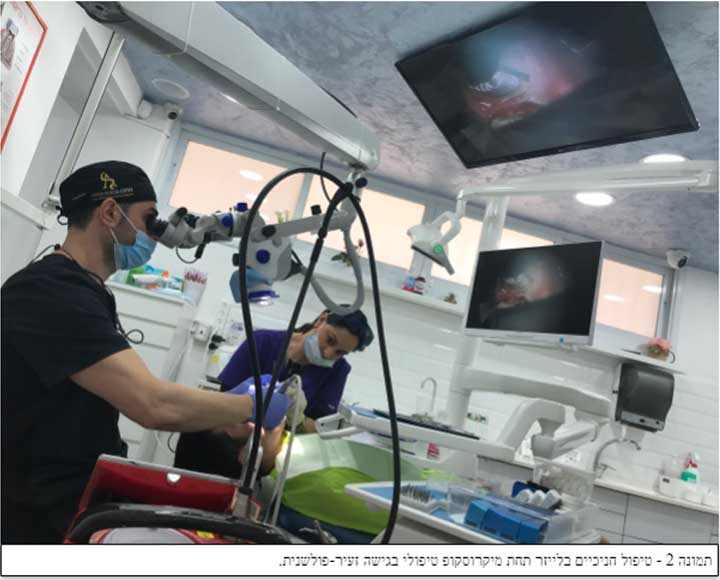
How to Choose the Right Dental Clinic for Your Periodontal Care
Selecting a dental clinic for advanced periodontal care is a critical decision. Patients should look for:
- An experienced dentist with proven expertise in periodontal and laser treatments.
- Positive reviews and recommendations from former patients.
- Access to modern technologies and up-to-date equipment.
- A clinic environment that is professional but also attentive and patient-centered.

Getting Ready for Deep Gum Cleaning
Preparation for periodontal treatment is usually straightforward. The first step is identifying the causes of gum disease and, if needed, making lifestyle adjustments. Patients are often asked to undergo a panoramic X-ray or full-mouth radiographic status before treatment.
Maintaining good oral hygiene, proper brushing and balanced nutrition is essential. Patients should inform their dentist about any medications they take and about existing health conditions, since these may influence treatment planning.
On the day of the procedure, it is advisable to eat a light meal and avoid caffeine or sugary foods to ensure greater comfort during treatment.
Risks and Side Effects: What You Should Know
Like any medical procedure, deep gum cleaning may involve side effects, although most are temporary and mild. These include:
- Gum, tooth, or jaw pain.
- Temporary sensitivity to heat, cold, or sweet and sour foods.
- Light bleeding during or after the procedure, though this is reduced when lasers are used.
- Rare cases of infection, especially if symptoms such as fever or severe swelling develop.
- Possible damage to crowns, bridges, or implants.
- Allergic reactions to materials used during treatment (in rare cases).

Recovery Guidelines, Your Path to Healthy Gums Post-Treatment
Following deep gum cleaning, patients are advised to take several precautions to ensure proper healing:
- Avoid strenuous physical activity for the first 24 hours.
- Refrain from smoking for at least 24–48 hours, ideally up to a week, since smoking delays healing and increases the risk of infection.
- Use over-the-counter pain relievers as recommended by the dentist.
- Take prescribed antibiotics if indicated.
- Do not rinse the mouth vigorously during the first 24 hours to prevent prolonged bleeding.
- After 24 hours, rinse with warm salt water three times a day to reduce swelling and discomfort.
- Eat soft foods for 48–72 hours and avoid hard, sticky, or spicy foods.
- Resume regular brushing as soon as possible, with extra care around the treated area.
High-Risk Groups: Who's More Susceptible to Gum Disease?
Although periodontal disease can affect anyone, some groups are more vulnerable:
- Older adults – Age increases susceptibility to gum and tooth complications.
- Smokers – Tobacco use elevates the risk of periodontal disease and delays healing.
- Patients with diabetes – Diabetes weakens the immune system, making gum disease more common and more severe.
- Pregnant women – Hormonal changes increase gum sensitivity and risk of inflammation.
- Genetically predisposed individuals – Family history can play a significant role.
- People with poor oral hygiene – Inadequate cleaning habits accelerate disease progression.
- Immunocompromised patients – Certain medical conditions or treatments impair immune defense, raising risk levels.
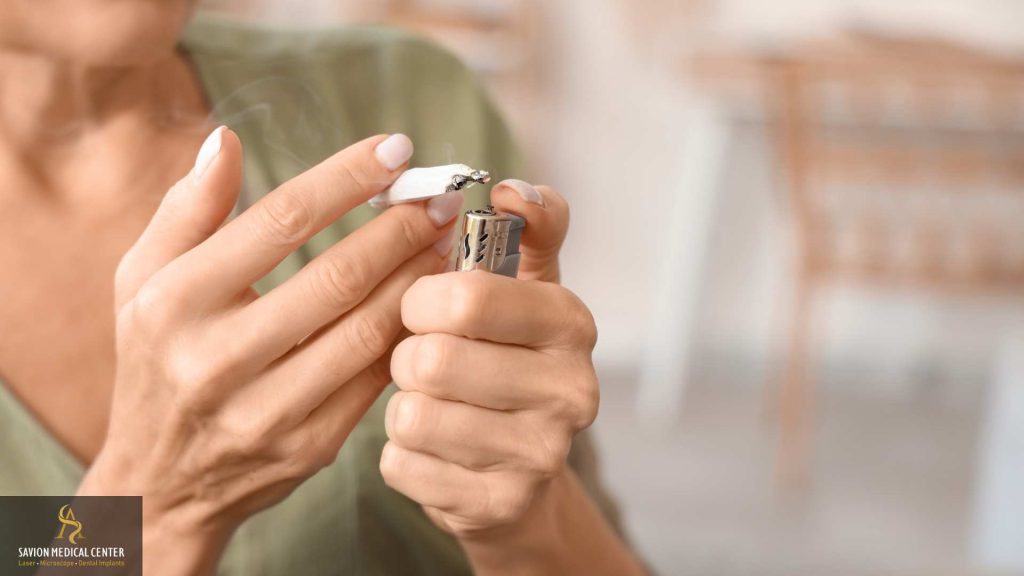
Diabetes and Gum Health
Periodontal disease and diabetes are among the most prevalent chronic conditions, and the link between them is bidirectional. Diabetes increases susceptibility to periodontal disease, while gum disease interferes with blood sugar control, worsening diabetes.
According to U.S. data, about 42% of adults over age 30 suffer from some form of gum disease, with severe cases affecting nearly 8% of the population. Global studies place severe periodontal disease among the top ten most common health problems worldwide.
Research shows that people with diabetes, both controlled and uncontrolled are significantly more likely to suffer from moderate to severe gum disease compared to the general population. Diabetic patients are also at greater risk of tooth loss, particularly if their blood sugar levels are not well managed.
Shared Risk Factors: What Links Diabetes and Periodontal Disease
Several risk factors contribute to both conditions:
- Modifiable risks – Smoking, excessive alcohol intake, obesity, lack of physical activity, high sugar consumption, and active periodontal infection. These factors worsen both diabetes and gum disease.
- Non-modifiable risks – Age, gender, socioeconomic background, and genetic predisposition.
Studies confirm that diabetic patients are up to 2.5 times more likely to develop gum disease compared with non-diabetic individuals within three years. For this reason, periodontal care in diabetic patients requires special attention to these risk factors.
Laser Therapy for Diabetic Patients with Periodontal Disease
For patients with diabetes, wound healing is often impaired, and the risk of complications is higher. It is therefore essential to keep blood sugar under control while also treating gum disease without delay.
Laser technology provides significant benefits in this context. Dental lasers can be used for:
- Disinfection and bacterial elimination
- Biostimulation, enhancing cellular activity and accelerating healing
- Precise cutting and ablation of inflamed tissue without damaging healthy structures
Minimally invasive laser techniques allow periodontal pocket treatment, root planing, extractions, and even implant procedures without incisions or sutures. When performed by a trained professional, laser-assisted care leads to faster recovery and higher success rates compared with conventional surgical methods.
Periodontal Pockets, How Gum Disease Develops and Progresses
Periodontal disease is mainly in two forms:
- Gingivitis – gum inflammation without irreversible bone damage
- Periodontitis – chronic infection that already compromises the bone supporting the teeth
The condition develops when dental plaque triggers inflammation. Over time, this environment allows pathogenic bacteria to thrive. The gums begin to separate from the teeth, forming pockets that deepen as the disease progresses.
These periodontal pockets trap bacteria and plaque, creating a self-perpetuating cycle of tissue destruction. Without timely treatment, teeth lose their support and may eventually require extraction.
Clinical studies confirm a strong association between periodontal infections and systemic diseases such as diabetes, cardiovascular disease, and respiratory illness. For this reason, overall health must be considered when treating gum pockets.
Enhanced Diagnosis with Microscope Technology
microscope enhances accuracy, allowing dentists to detect even subtle disease progression and tailor treatment accordingly.
- Clinical examination of gum health and pocket depth
- Radiographic imaging to assess bone loss and tissue damage
- Laboratory testing in some cases, to identify specific bacterial pathogens
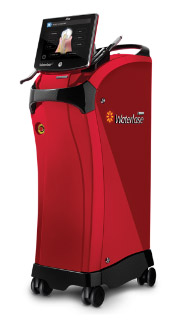
Laser Therapy: An Effective Alternative to Surgery
Many patients believe that advanced gum disease inevitably requires surgery. However, laser-assisted therapy offers a less invasive, highly effective alternative.
The first line of care always begins with improved oral hygiene and professional cleaning. If diagnosed early, inflammation can be reversed without permanent damage.
International experts now recommend laser therapy as a substitute for antibiotics and surgical gum procedures. With lasers, there is no need for scalpels or sutures, recovery is faster, and patients can quickly return to daily life.
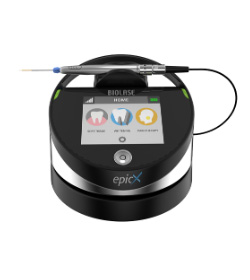
Step-by-Step Laser Treatment: The Complete Procedure Breakdown
Initial Assessment
Dr. Ariel Savion begins with a full clinical examination supported by updated digital radiographs. Medical history, dietary habits, and oral hygiene practices are reviewed, followed by treatment planning and prognosis evaluation.
Stage One – Laser-Assisted Scaling
Before conventional mechanical scaling, the dental hygienist applies a diode laser inside periodontal pockets using a non-activated tip at up to 1.5 watts. This step provides several advantages:
- Effective elimination of pigmented periodontal bacteria
- Reduced risk of bacterial transfer between sites
- No need for anesthesia, with minimal or no discomfort
- Can be repeated every three months during routine cleaning
- Decreases pocket depth and enhances long-term stability
- Serves as a conservative alternative to antibiotics
Stage Two – Periodontal Pocket Reduction
Dr. Savion continues treatment by creating a periodontal chart, measuring pocket depth at six points around each tooth. Follow-up evaluations are scheduled at 3, 6, 9, 12, and 24 months.
At this stage, root planing with lasers is performed in two phases:
- Diode laser therapy with both non-activated and activated tips. Non-activated tips disinfect pockets by eliminating anaerobic bacteria. Activated tips, under local anesthesia, allow removal of infected epithelial tissue and deeper bacterial decontamination.
- Erbium laser therapy at 2870 nm wavelength, combined with water cooling. This approach safely removes tartar and inflamed tissue with shallow penetration (about 25 microns), preserving tooth and bone structures.
Clinical Benefits, Why Laser Therapy is Changing Periodontal Care
Laser use in periodontal treatment offers multiple clinical advantages:
- Precise disinfection and bacterial elimination
- Nerve sealing and reduced tooth sensitivity
- Improved hemostasis during treatment
- Enhanced visibility and easier calculus removal
- Faster epithelial regeneration within days
The REPAIR Protocol: Advanced Er,Cr:YSGG Laser Treatment
The Er,Cr:YSGG laser (2780 nm) is designed for use on both soft and hard tissues, including enamel, dentin, bone, titanium, and tartar.
The REPAIR protocol applies this laser to treat aggressive periodontal disease while aiming to preserve natural teeth and achieve periodontal regeneration. Compared with conventional open-flap surgery, the REPAIR method offers:
- Non-surgical treatment with rapid return to daily activities
- No need for incisions or sutures in most cases
- Reduced postoperative pain, swelling, and complications
- Ability to reach deep periodontal pockets with fine tips
- Conservative treatment that preserves root cementum
- Enhanced patient satisfaction due to faster and more comfortable recovery
FAQ
The duration of deep gum cleaning varies according to the chosen method and the severity of the case:
- Manual scaling and root planning – May take 1–2 hours per quadrant of the mouth, often requiring several sessions.
- Ultrasonic cleaning – Usually completed within about an hour.
- Laser-assisted cleaning – shorter and less invasive, often lasting 30–60 minutes. In most cases, anesthesia is unnecessary.
Some discomfort during or after deep cleaning is normal, but significant pain is not expected. Local anesthesia can be provided to numb the treated area and ensure patient comfort.
Mild sensitivity, swelling, or discomfort may occur for a few days after the procedure. These are usually manageable with over-the-counter pain relievers such as ibuprofen.
In addition, low-level laser therapy (cold laser) may be applied after surgery or periodontal treatment to accelerate healing and reduce pain. The light energy stimulates cell metabolism in the tissue, enhancing recovery without causing discomfort.
According to Dr. Savion, treating periodontal pockets with lasers represents a major advancement in dentistry. The procedure is quick, minimally invasive, and virtually painless. It is also an excellent option for patients sensitive to antibiotics.
Lasers not only disinfect periodontal pockets thoroughly but also allow clinicians to treat deeper cases by removing infected epithelial tissue, promoting natural and effective healing. Success, however, depends on professional experience and the use of advanced laser systems.





